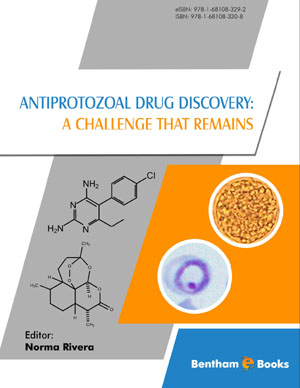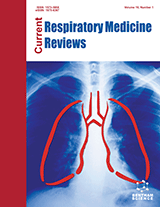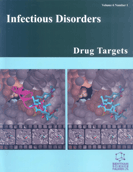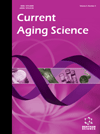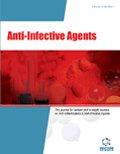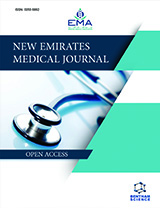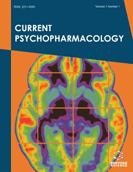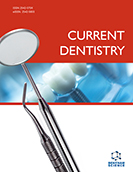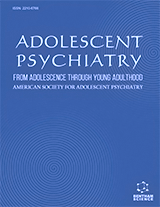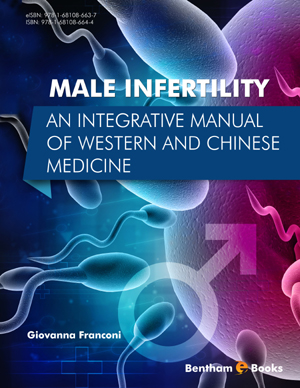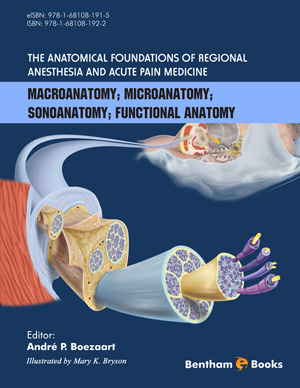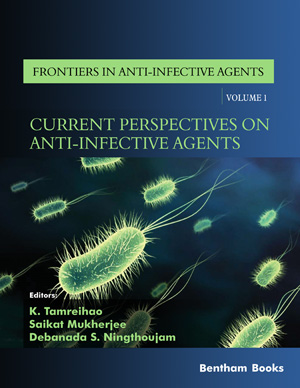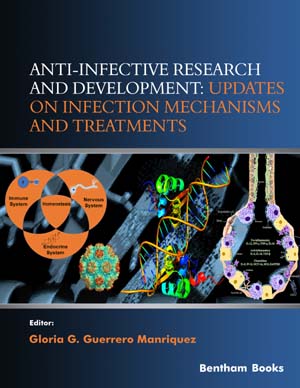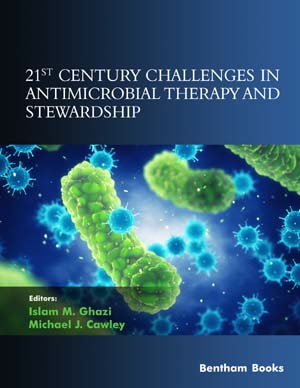Abstract
Chagas’ disease, or American trypanosomiasis, is a potentially mortal disease caused by the protozoan Trypanosoma cruzi. It is included in the list of neglected diseases or poverty-linked diseases. An estimate of 5.7 million people in the endemic areas are infected, resulting in 7000 yearly deaths. The disease is distributed in Central and South America, Mexico, and the southern United States. Due to rural-urban migration, the parasite is transmitted by blood transfusion, by vertical transmission from mother to child, or by organ transplantation; on the other side, some cases have been detected in non-endemic zones both in America and in Europe. Chagas’ disease is among the 17 neglected diseases; it is a complex zoonosis, involving interaction of vectors species with wild, peridomestic, and domestic mammals, showing several clinical pictures and transmission modes. It poses the highest economic burden among parasitic diseases in Latin America due to its long chronicity. The clinical manifestations and epidemiologic traits of the disease vary from region to region. The current medication against T. cruzi, nifurtimox and benznidazole, has adverse effects. Aiming to make new treatment alternatives known, the activity of plant-isolated compounds from Central America, South America, and Mexico is herein discussed, along with their action against different stages of Trypanosoma cruzi.
Keywords: Chagas disease, Crude extracts, Medicinal plants, Trypanosoma cruzi.


